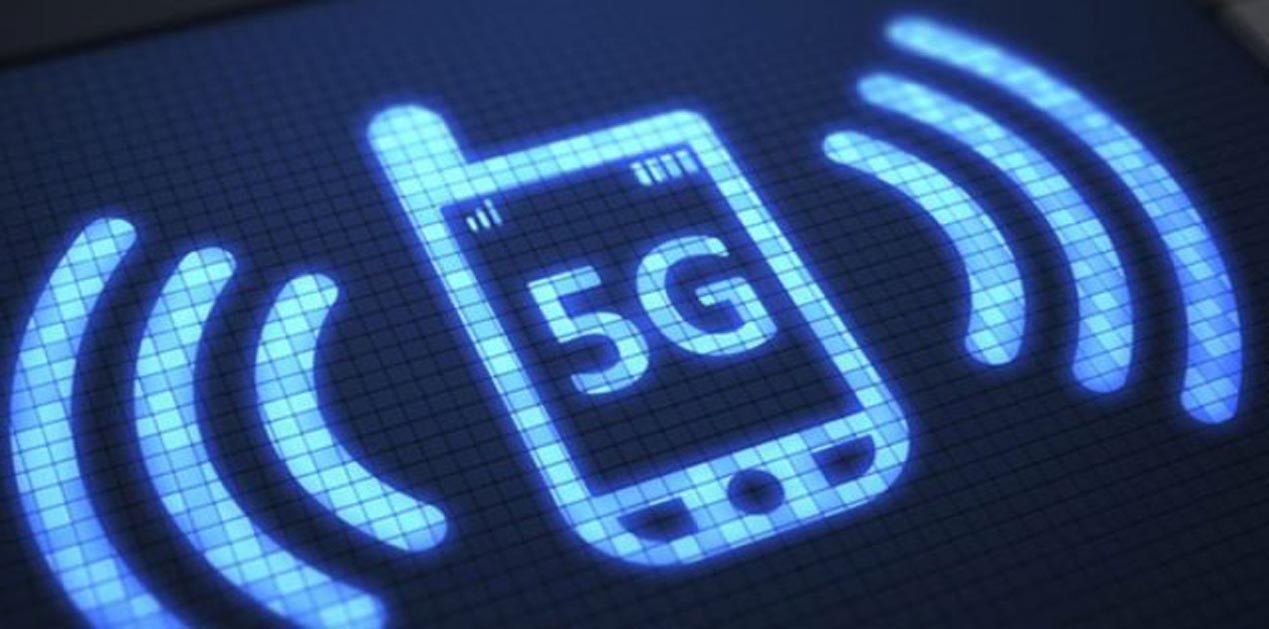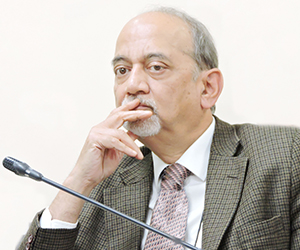Data Pipe-Line of the Future
Major telecom companies of the world are working feverishly to roll-out 5G or 5th Generation technology based advanced wireless systems. This will increase the speed of data transmission, will have faster response time and allow larger number of devices to be connected. It will be the backbone of industrial internet and Internet of Things (IOT). With increased internet penetration of society and industry, this raises issues of privacy and data security. If Big Data is the oil of the future, 5G will provide the network to carry this traffic. It will not be out of place to call it data pipe-line.
5G network has been actually deployed in South Korea. Verizon opened a 5G network on a limited scale in Chicago. There are very few companies, which provide 5G radio hardware and complete systems. Leading the race are Chinese companies Huawei and ZTE. Nokia, Samsung and Ericsson are also providing the equipment. US companies like Comcast, Cisco, Verizon and Qualcom have capacity to make components for the 5G network.
Internet Security
US Government has banned Huawei for fear of espionage through built-in ‘vulnerabilities’ or back-door in the equipment supplied by the Chinese companies. US lead has been followed by Australia and New Zealand, who are members of 5-Eye intelligence sharing arrangement. However, UK has taken a different approach. Instead of outright ban, it has stressed mitigation. It has established an Oversight Board for Huawei Cyber Security Evaluation Centre (HCSEC). HCSEC is part of Huawei Technologies (UK) Co Ltd, whose parent company is Huawei, China. UK also has National Cyber Security Centre (NCSC), which is the government agency for cyber security.
The UK HCSEC in its report in March 2019 has highlighted, “HCSEC’s work has continued to identify concerning issues in Huawei’s approach to software development bringing significantly increased risk to UK operators, which requires ongoing management and mitigation. The report adds, “No material progress has been made on the issues raised in the previous 2018 report.” It adds significantly that it will be difficult to appropriately risk-manage future products in the context of UK deployments.
NCSC, the government agency, has been more direct on Huawei products. It stated, ‘Poor software engineering and cyber security processes lead to security and quality issues, including vulnerabilities’. The report added, ‘If an attacker has knowledge of these vulnerabilities and sufficient access to exploit them, they may be able to affect the operation of the network, in some cases causing it to cease operating correctly’. It has concluded however, that ‘NCSC does not believe that the defects identified are a result of Chinese state interference’.
There is no direct geo-political clash between UK and China. The two last fought a war in 1842. With handing over of Hong Kong, UK has removed last major irritant in its relations with China. Post Brexit, if this comes to pass, it will be even more anxious to make deals with China. In our case, imperatives of Indian security are more dire.
European Commission has recommended common EU approach to the security of 5G networks. As a first step, member states should complete their national risk assessments by 30th June, 2019. An EU wide risk assessment of ‘a 5G threat landscape’ will be completed by 1st October, 2019. By 1st October 2020, Member States will assess in cooperation with the Commission the recommendations in order to determine whether there is need for further action.
India’s Priorities
Any evaluation of 5G technology in India cannot be on the basis of techno-economic considerations alone. Security concern has to be factored in. Chinese entry to Indian market for 5G would expose us to the dangers of not only espionage through ‘vulnerabilities’ or ‘back doors’. It could result in denial or disruption of network in times of crisis. In the long run, Huawei lead in 5G could create market dependence and delay development of user-side application.
While Organisation for Economic Cooperation and Development (OECD) countries have much larger internet penetration, in terms of number of users China ranks first with 765.36 million users or 54.30 percent of population. For India, corresponding figure are 461.34 million users or 34.45 percent of population. We have to first catch up with China in terms of spread of internet use so that technology benefits larger number of users. We can afford to wait and watch before rushing out to roll-out of 5G network. Its use in terms of faster and larger data traffic is indeed desirable for Industrial Revolution 4.0. We are yet to complete Industrial Revolution 2.0. Robotic manufacture is needed for precision engineering. India already has sectors where this is in use. But for vast areas of industry, it is too expensive. Our priority is creating more employment.
Apart from faster data transfer, 5G technology is characterized by ‘low latency’. This means signals can travel and return faster. It will be needed in autonomous vehicles or remote surgery, where the signals have to travel back and forth in split seconds. Given Indian road conditions, no Artificial Intelligence (AI) algorithm can provide solutions to predict road behavior. We have excellent doctors. The priority will remain wider medical coverage.
A Deliberate Approach
Department of Telecommunication’s target of 5G roll-out by 2020 needs to be reviewed. With time, more players will emerge who can provide 5G technology on cost competitive basis. We also need to build our technological strength. Initially, this is needed to fully check and mitigate ‘vulnerabilities’ or ‘back-gates’, which could be exploited for espionage. Eventually, we need to build components for the telecom network.
Apart from 5G, the Chinese are also moving fast in building under-sea internet cables. 98 percent of internet traffic moves along these undersea cables. Huawei Marine, though still a small player, has increased its market share dramatically in little over a decade. It has completed several projects in Middle East and Africa as well as Asia-Pacific. It has been awarded two projects – SAIL and Peace in 2017. Former will connect Brazil to Cameroon in Africa. The latter will have two strands – western one connecting Europe via Egypt and Djibouti and the southern one connecting Kenya and South Africa. Both strands will be connected to Gwadar in Pakistan, and travel onwards to China through over-land route. One Belt One Road (OBOR) or Belt and Road Initiative (BRI) has many ‘Avatars’. Chinese control of major arteries for data flow is far more dangerous than control of ports and railways. The overland section will be more prone to espionage as compared to undersea segment; China will possess that capacity.
Image Source: https://internetofbusiness.com/wp-content/uploads/2018/03/5G-640x360.jpg










Very comprehensive and informative article that describes the nature of problems and the effect it might have on India. We as the second most populous nation will definitely benefit from a technology like 5G, but then we must also ponder the fact that how many of us are actually in dire need of it
Post new comment